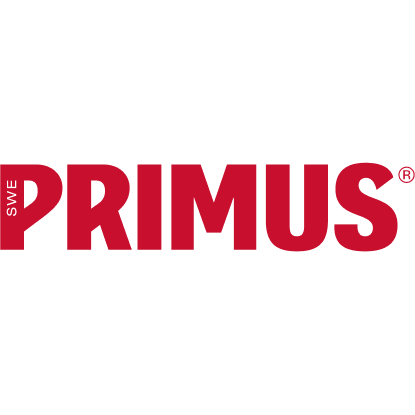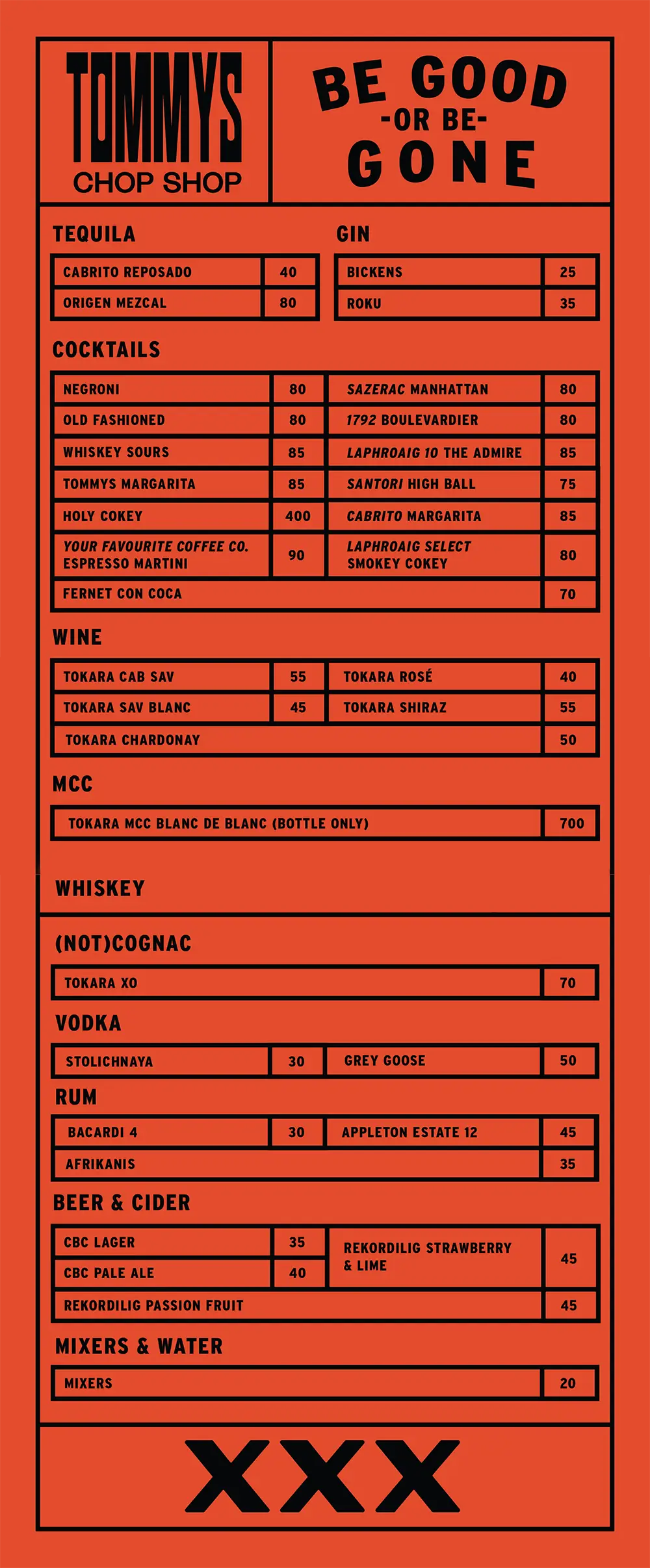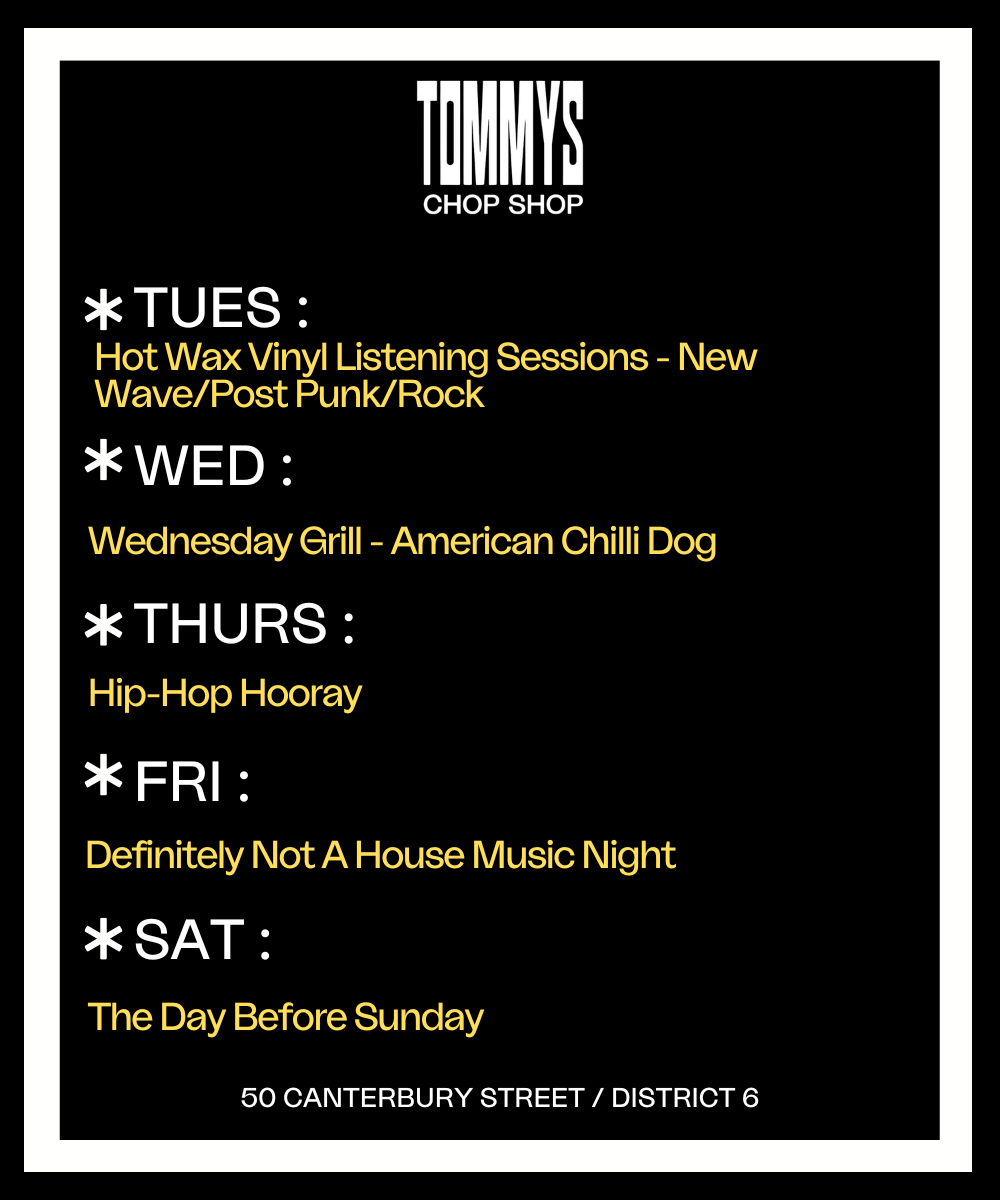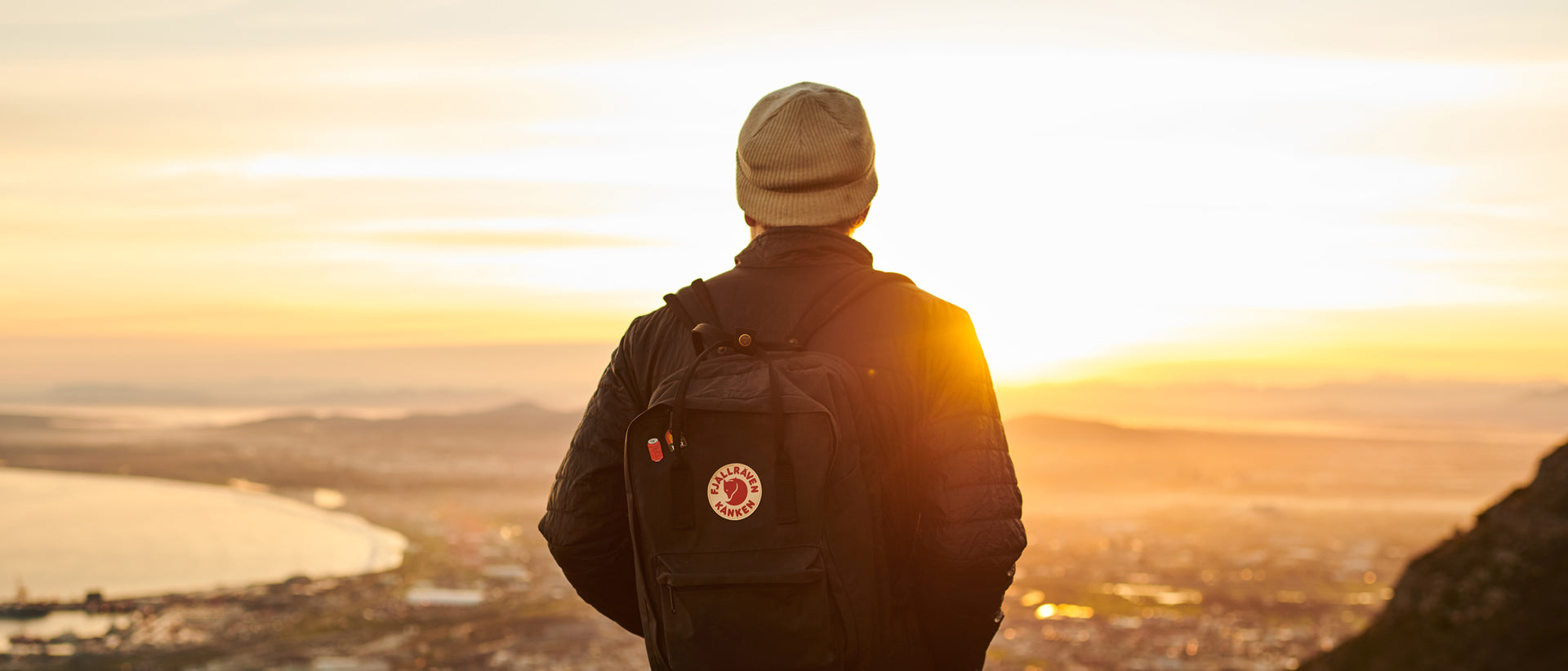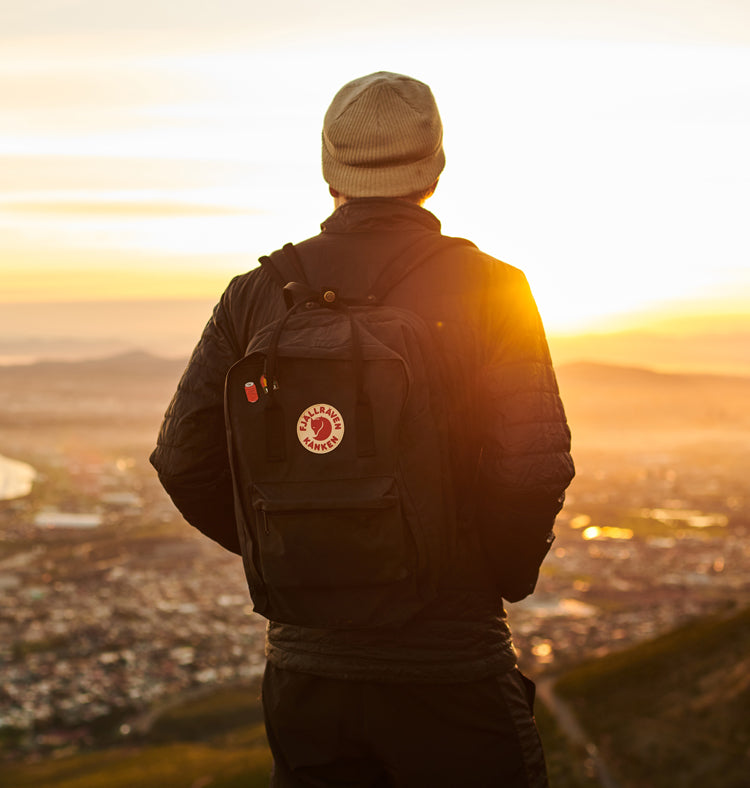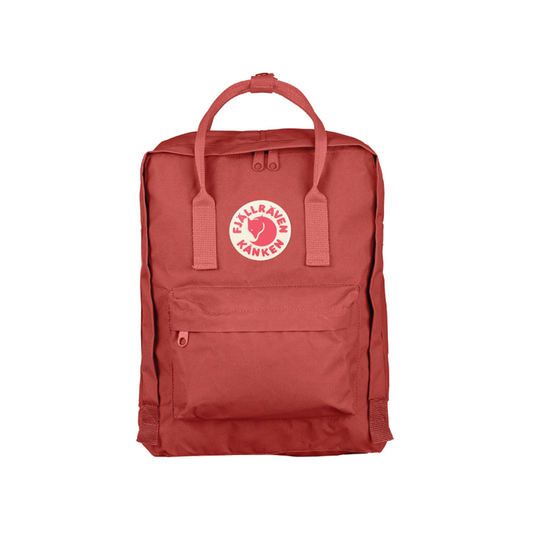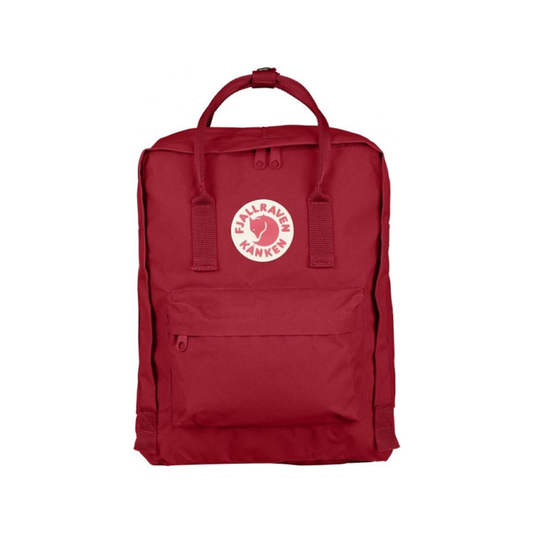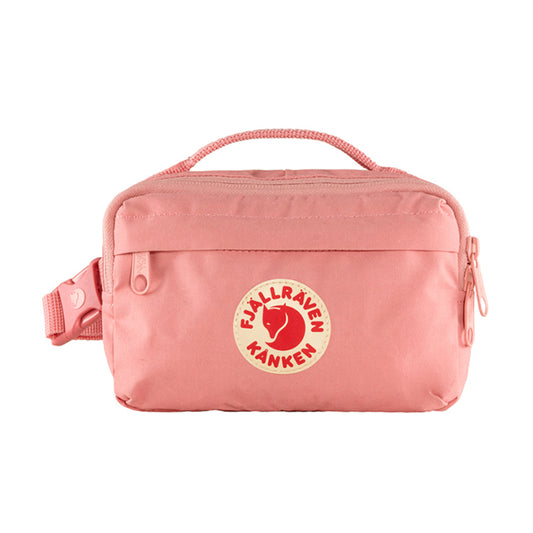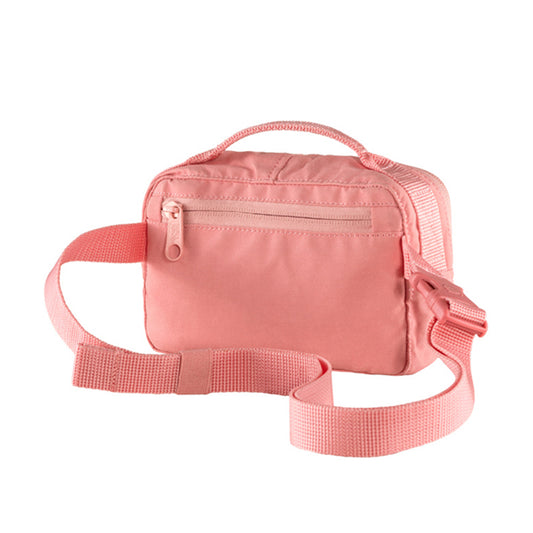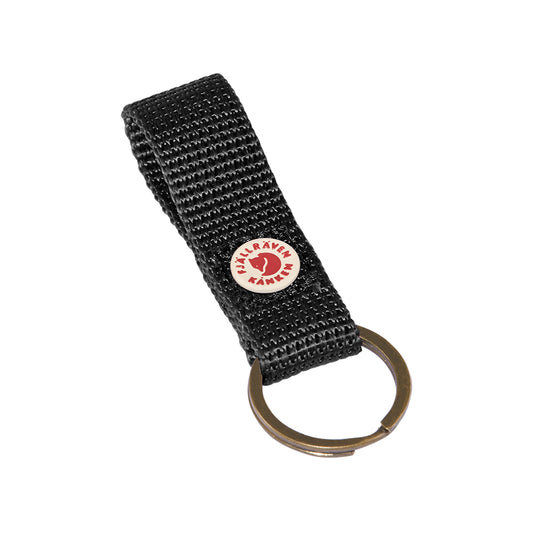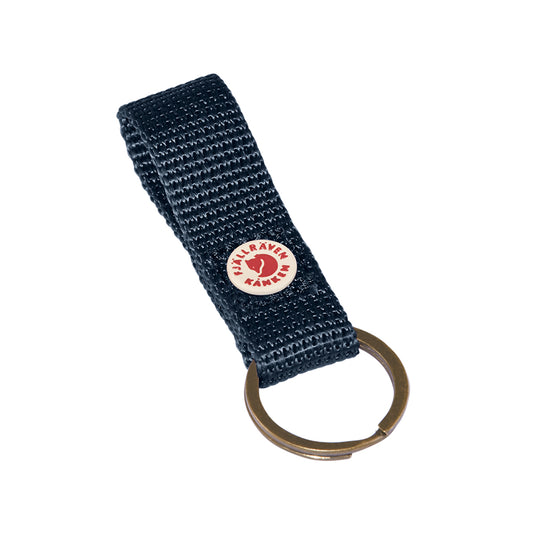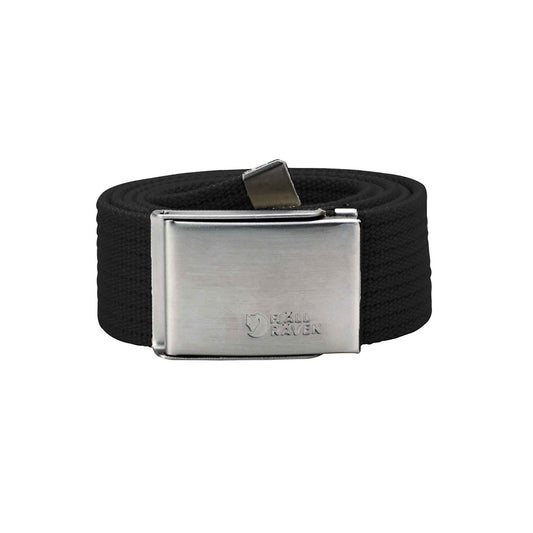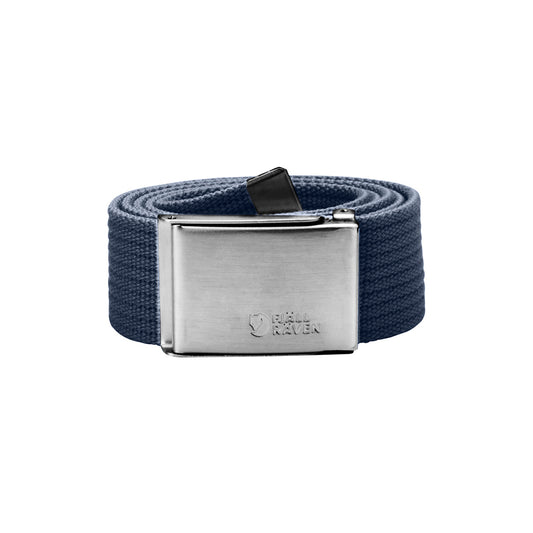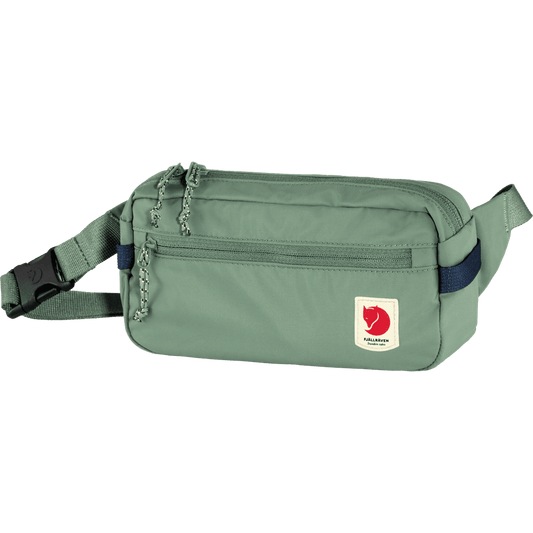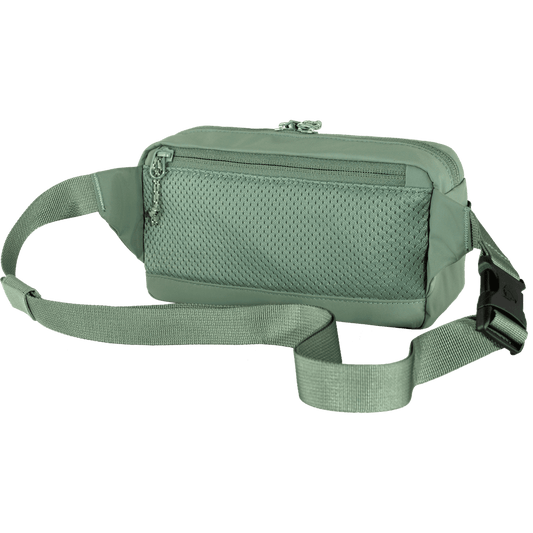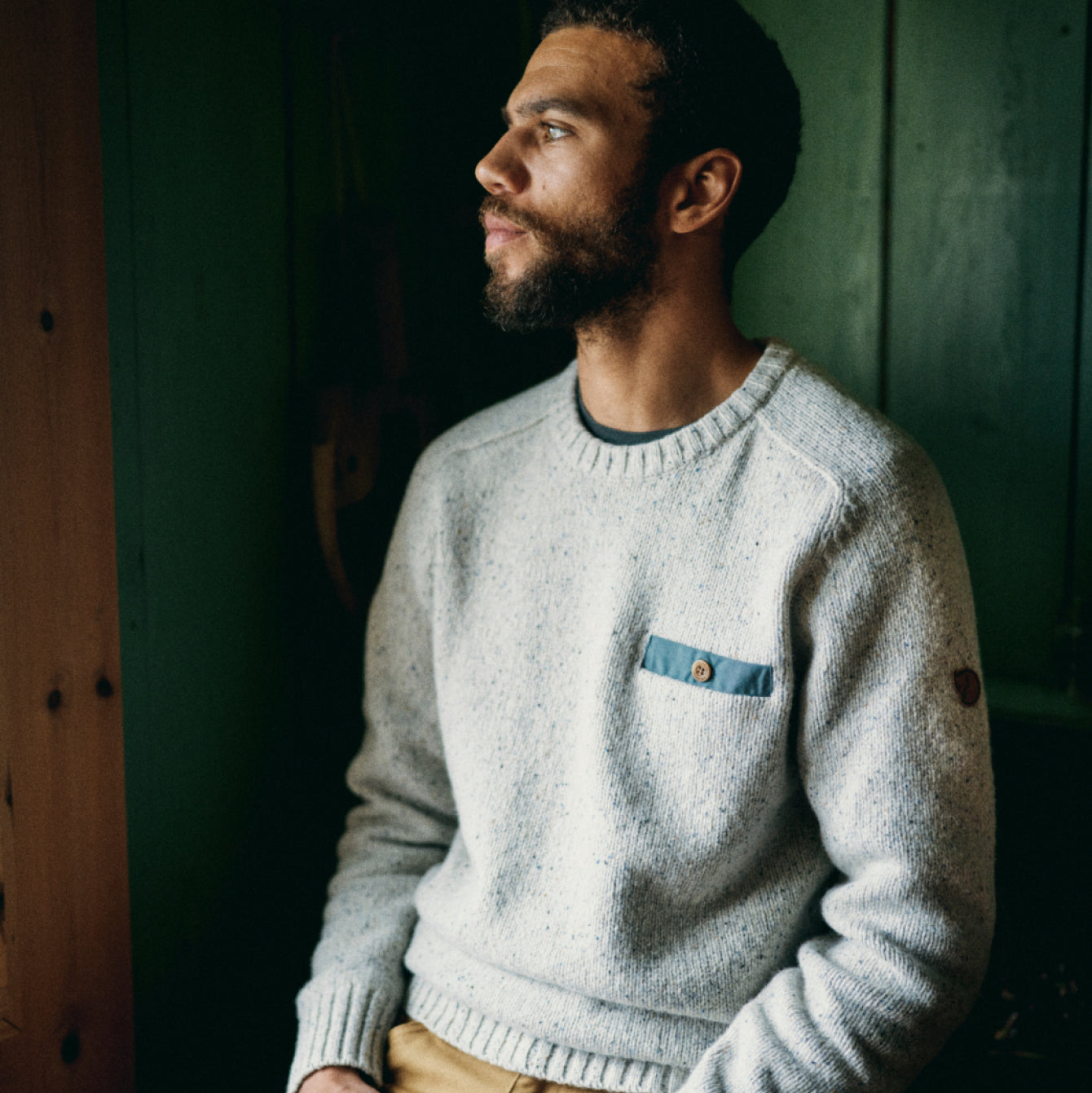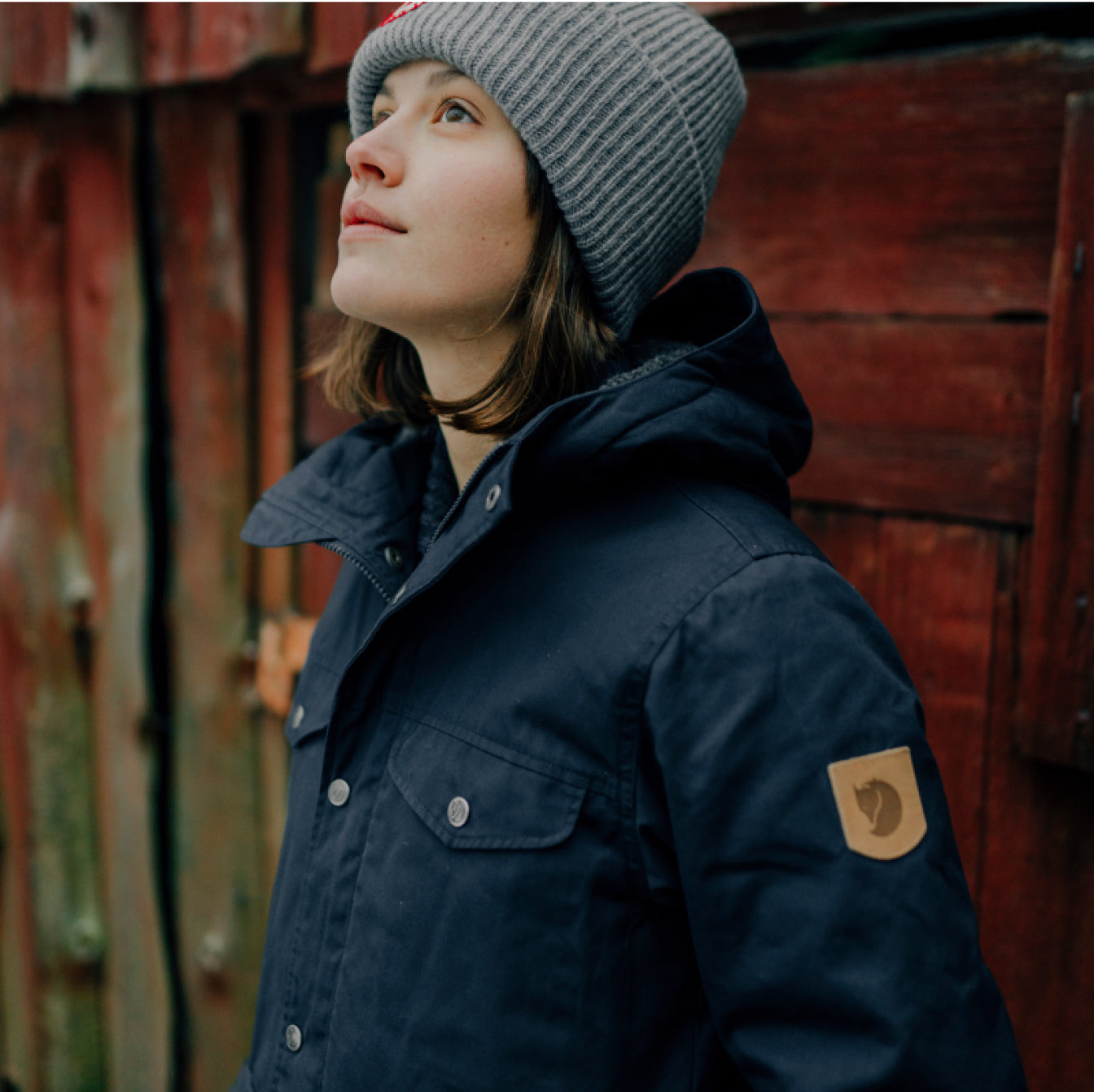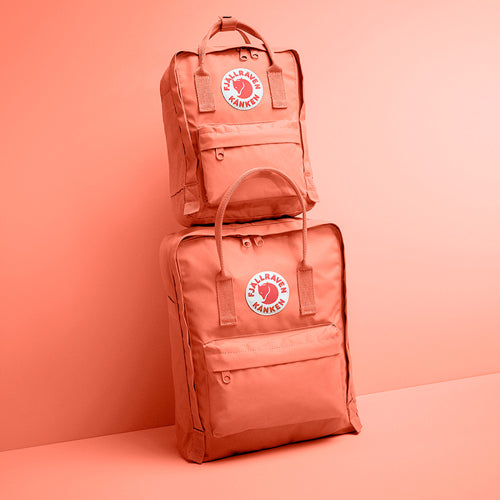Featured Products
Kanken Original
Regular price
R2,579.00
Regular price
Sale price
R2,579.00
Unit price
/
per
Kanken Hip Pack
Regular price
R1,479.00
Regular price
Sale price
R1,479.00
Unit price
/
per
Kanken Keyring
Regular price
R229.00
Regular price
Sale price
R229.00
Unit price
/
per
Canvas Belt
Regular price
R909.00
Regular price
Sale price
R909.00
Unit price
/
per
Greenland Wax
Regular price
R229.00
Regular price
Sale price
R229.00
Unit price
/
per
High Coast Hip Pack
Regular price
R1,379.00
Regular price
Sale price
R1,379.00
Unit price
/
per
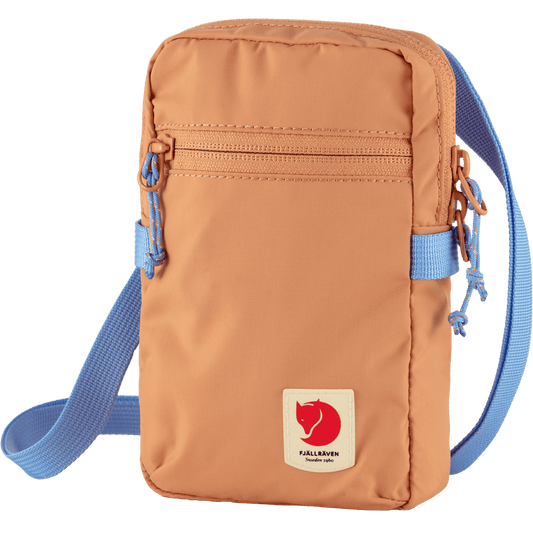
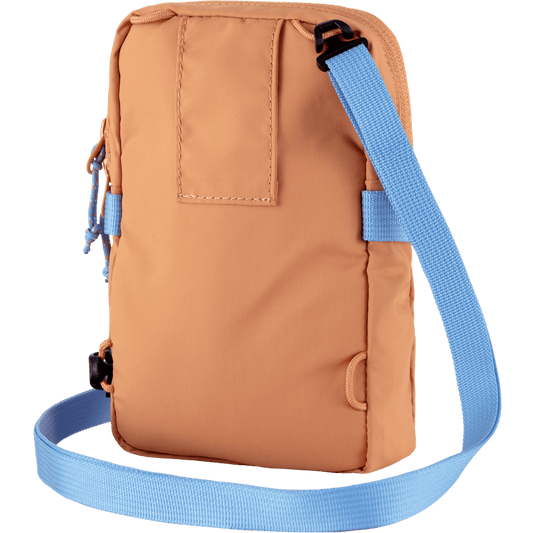
Sold out
High Coast Pocket
Regular price
R909.00
Regular price
Sale price
R909.00
Unit price
/
per
Sold out
Nils Trousers M
Regular price
R4,099.00
Regular price
Sale price
R4,099.00
Unit price
/
per
prev arrow
next arrow




